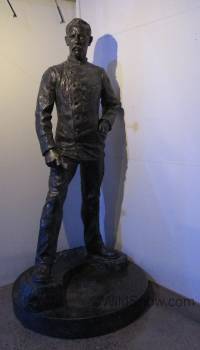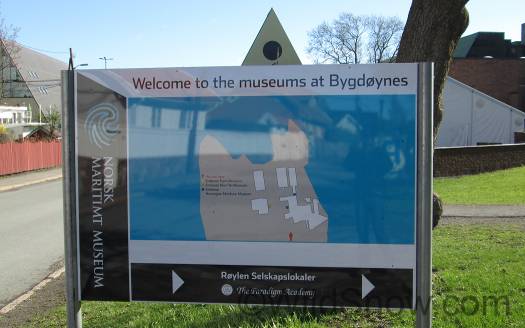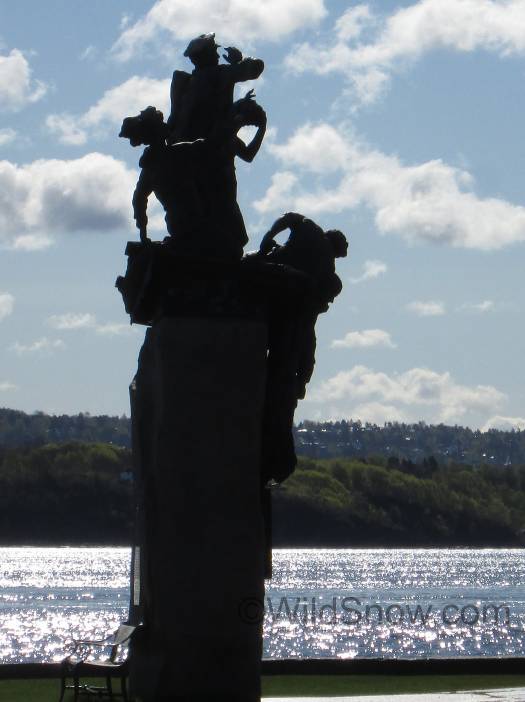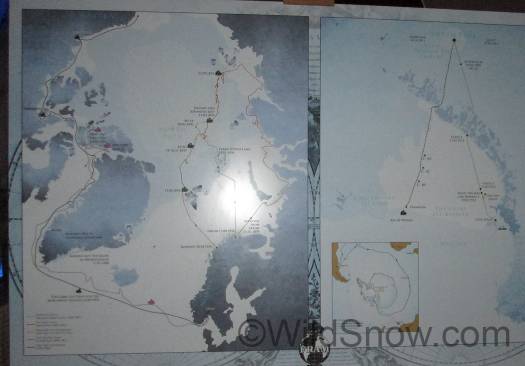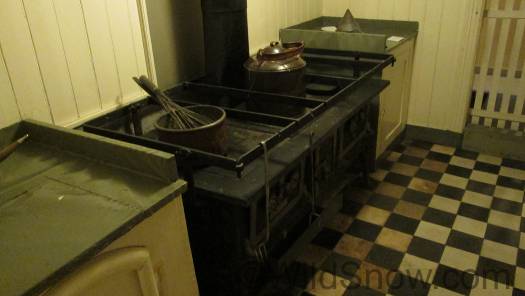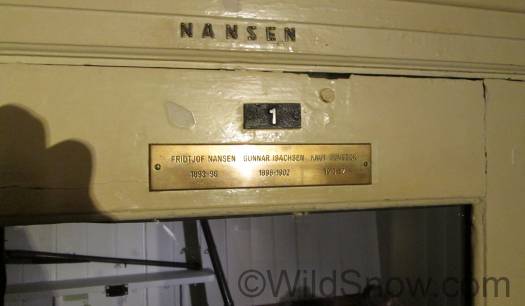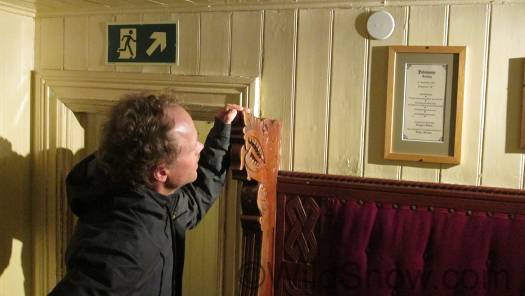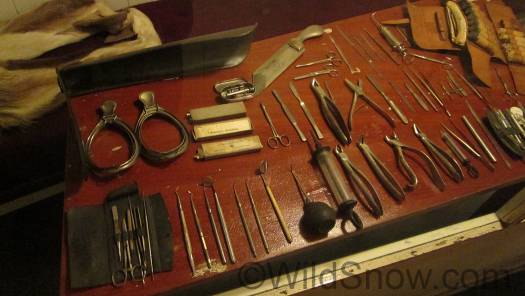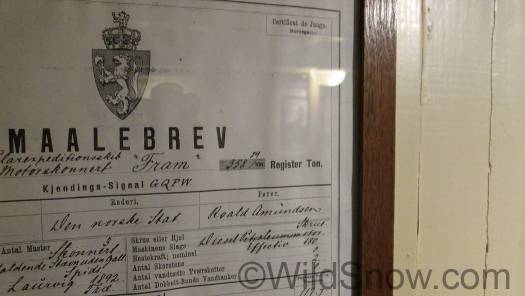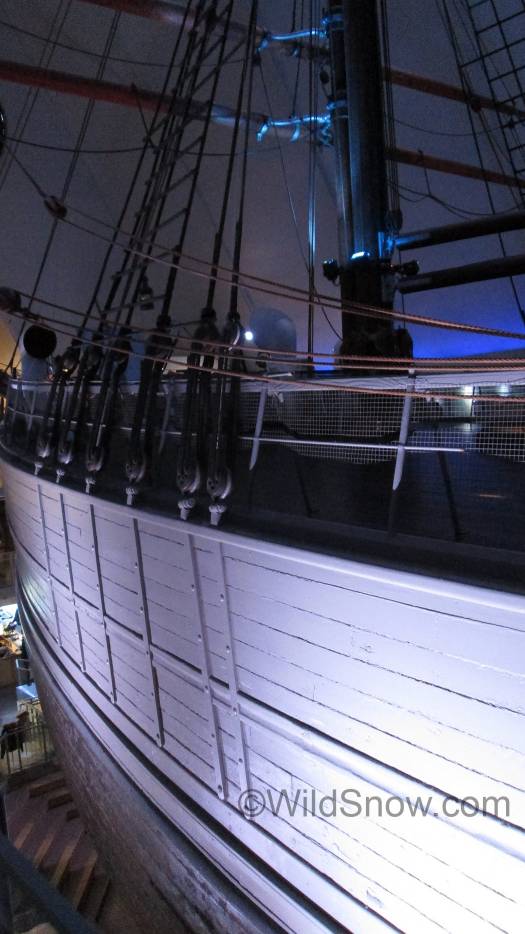Let’s return to the beginnings of my Norwegian odyssey…
I landed in Oslo a few days ago. The usual epic pond shuttle; 10 hours with the 3-year-old kid using my arm for a pillow was funny for ten minutes — later, however, things were not quite so amusing. I was considering a Facebook “this is my travel nightmare” selfie with the kid, but his father was a German guy the size of a tank. Ernust was nice enough, yet I didn’t want to push the limits of possibility so I kept the camera stowed.
Oslo is a beautiful city. Classic buildings everywhere, healthy looking Norwegians walking and riding bikes in droves. Astounding number of electric cars. Apparently they have massive incentives for going electric, goodies such as free parking and no tolls, free charging stations as well. Clever, really. Sell oil to the rest of the world, make electricity from hydro and use it to power your own transportation. Perhaps we’ll get additional electric car incentives some day in our old coal mining town back in Colorado. If that happens, go electric? You never know — it would be excellent to stick a few solar panels on our house roof instead of buying gasoline (or perhaps use the free taxpayer supported charging station just a few blocks from here?). You see lots of E-bikes around Oslo as well; they’re also in the picture for transportation back in Colorado. E-bikes could solve the problem we have in the U.S. with dry yet gated backcountry access roads.
My kind host Stian Hagen took time out to show me around town, specifically hitting a few museums. Favorite stop: seeing the famous boat Fram that brought Fridtjof Nansen closer to the North Pole than any man before.
Fridtjof Nansen has been a Norwegian national hero since he returned from the dead in 1896 after he’d skied away from his cozy boat Fram in a dash to the North Pole. He got closer to the pole than any man before, but wasn’t heard from for more than a year. Nansen and his companion Johansen left their boat April 1895, skied north, returned south, and stayed all winter of 1895-1896 in stone hut they built themselves, roofed with animal hide. They brought supplies hauled by sledge, but mostly lived off the land by hunting. By what I gather, it was pretty much by chance they actually met up with the Fram again more than a year after they left for the pole. Otherwise they’d have joined a long list of the arctic lost.
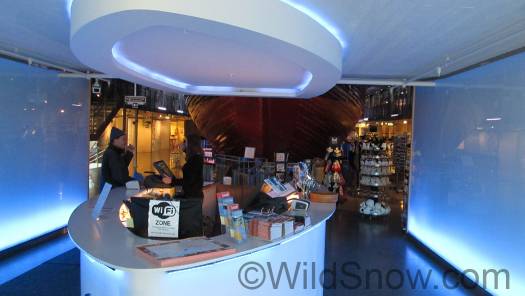
When you enter the museum, the Fram hull is right there in front of you, which is quite exciting if you’re a history buff.
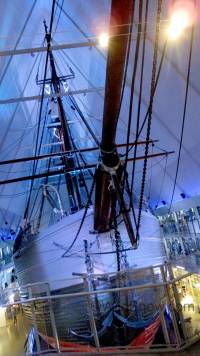
Just past the ticket desk, you’re confronted by the whole boat with its oddly shaped hull designed to allow ice compression to raise it up instead of collapsing it.
Nansen’s boat, the Fram (means “forward” in Norwegian), is entirely preserved at the Oslo maritime museum. By far, this is one of the best historical curations I’ve experienced. Most of the boat is open to the public. It’s tall when out of the water, so they have three tiers of walkways surrounding the hull. Each walkway’s walls are entirely surrounded and filled with interpretive exhibits; everything from dioramas to the actual scientific instruments used by Nansen and his colleagues.
Topping it all, you end up in a walk-in freezer to simulate the arctic chill. This sort of things is probably not interesting to cold immune Scandinavians, but was something I found rather novel, especially as they include a couple of life-size dead and desiccated sailors on bunks, presumably to show what happens if you did not have the privilege of traveling on Fram with Nansen. Check out a few photos, and if you ever make it to Oslo don’t miss Fram, she’s quite a ship.
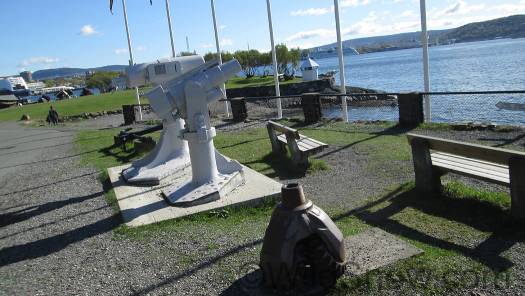
Outside at the maritime museum, these are harpoon canons for whales–not exactly PC but a big part of Norwegian heritage. It’s interesting to take a long historical view on this, and consider that before the petroleum era (and way before Norway became wealthy from their offshore oil), whale oil was one of the major commodities of the civilized world.
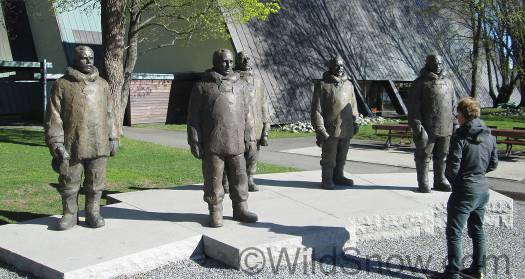
Norway had a string of impressive success during the ‘heroic age of polar exploration.’ This is Roald Amundsen and his crew, who in 1911 were the first men to reach the South Pole — a huge victory for Norway. Prior, Fridtjof Nansen had done the most heroic north polar exploration during his boat and ski expedition of 1893-96. Amundsen is known for his distinctive nose, and it’s said a large number of Norwegians have similar facial features due to Amundsen’s various “relationships.” A local told me he was also known for spending time with Nansen’s wife while Nansen had vanished into the arctic for more than a year–rumor or fact? The museum didn’t seem to help with that one (grin).
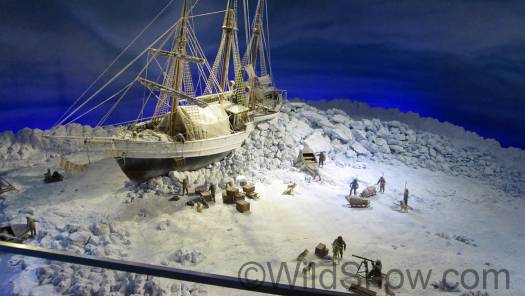
This is what Fram looked like frozen in the Arctic ice and allowed to drift as close to the North Pole as possible.
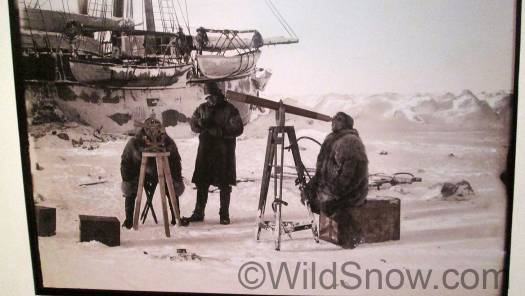
As with many expeditions, science was used as a way of funding. In this case the science was real and from what I gleaned some of the resulting knowledge is in use to this day. Specific to this photo, beyond science, I had to wonder if they’re simply trying to figure out where the heck they are! No GPS in those days.
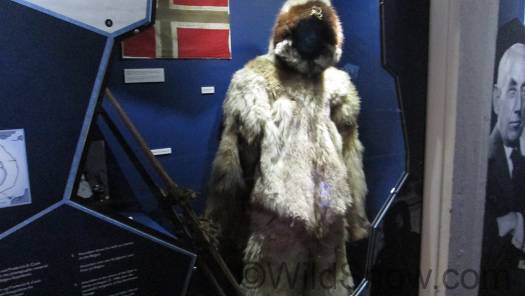
Both Nansen and Amundsen owe their success in ‘going native’ and using traditional arctic clothing developed over thousands of years. Amazing when you see it up close, and realize that Nansen spent more than a year in an outfit just like this, while crossing the ice on skis.

Many of you probably know the story of Amundsen’s rival Scott, who died trying to reach the South Pole and penned his famous last words while starving and freezing to death in his tent. As noted above, the Norwegian style of human-powered exploration involved using clothing and gear in the native style of arctic indigenous peoples. Scott, on the other hand, appears to have been in denial about what arctic travel entailed and attempted his South Pole trek using horses and some kind of motorized snow sled, all a recipe for disaster.
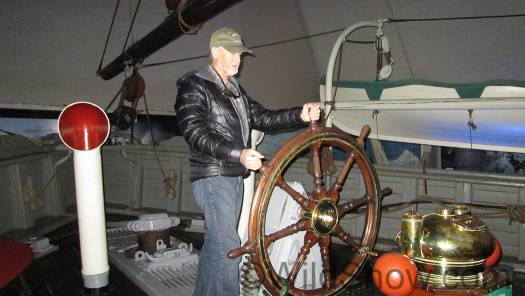
Myself at the helm. The ship propeller was mounted on a vertical shaft so it could be pulled up out of the water and ice without crew needing to dive for repairs, and to prevent damage while the ship was intentionally frozen into the ice.
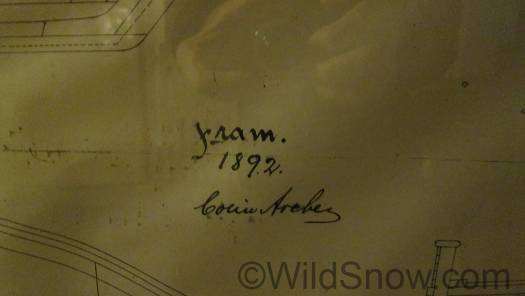
Famed marine architect Colin Archer designed Fram, incorporating ideas from Nansen and engineers. This is his signature on original construction drawings. Mainly, the craft was built super strong so it would not implode from ice pressure, and as alluded to above, the bowl shaped hull was supposed to buoy the boat up as the ice pressure increased. It probably sailed uncomfortably. Luckily Norway is a lot closer to the North Pole than some other places!
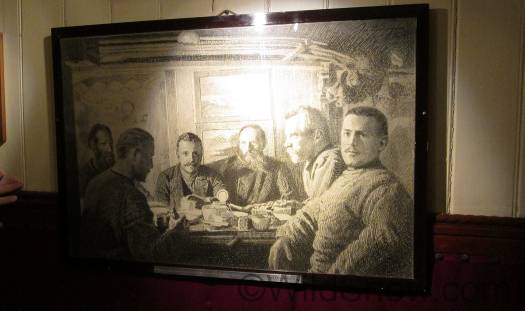
Christmas dinner on Fram, way up above the Arctic Circle, frozen in ice, totally isolated from civilization.

Nansen’s planning for his ski trek attempt at reaching the North Pole included the weight of every dog. They would eventually be eaten.

This was the money shot, Nansen food and equipment list for his year-long ski trek in an attempt to reach the North Pole. All of you who think we’re too fanatical about weight here at WildSnow.com, note his breakdown. Along those lines, Nansen is said to have built much of his ski trekking gear from scratch, or else heavily customized existing equipment.
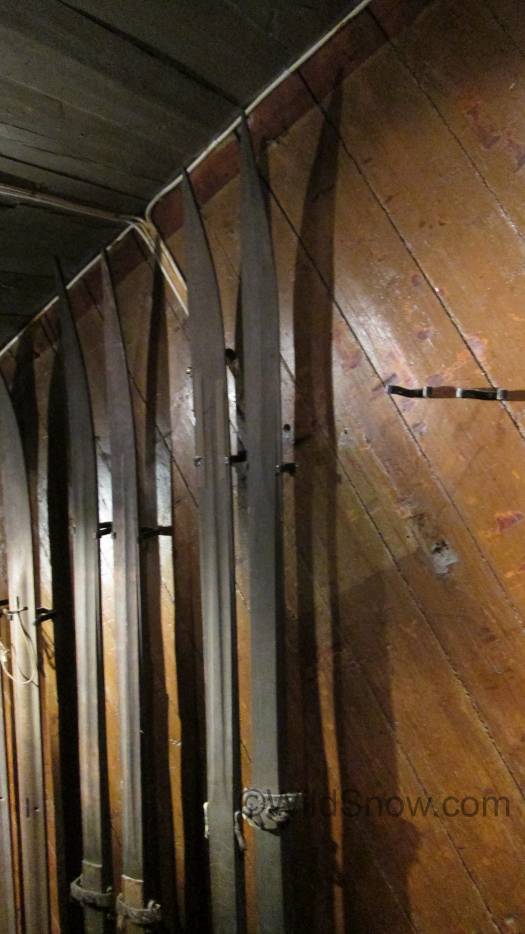
This is the type of ski used by Nansen and companions for Arctic trekking, somewhat narrow and good for gliding on low angled terrain with wind blasted or otherwise compacted snow.
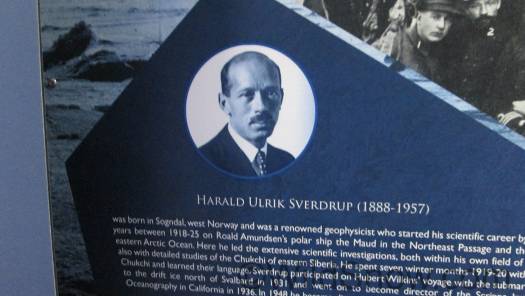
Beyond ice trekking, Fram truly did to a huge amount of scientific work in oceanography, studying things such as ocean currents. This was understandably so, as Nansen’s entire strategy for reaching the Pole was to have the Fram drift with moving ice, powered by an ocean current that would bring them ever closer to the North Pole. Credit where credit is due, Sverdrup was apparently the guy driving most of the science and making major contributions.
Learn more about Fridjof Nansen at WildSnow dot com as well as checking the Fridtjof Nansen wiki. My history book “Wild Snow” also covers Nansen extensively, see books menu above.
WildSnow.com publisher emeritus and founder Lou (Louis Dawson) has a 50+ years career in climbing, backcountry skiing and ski mountaineering. He was the first person in history to ski down all 54 Colorado 14,000-foot peaks, has authored numerous books about about backcountry skiing, and has skied from the summit of Denali in Alaska, North America’s highest mountain.

